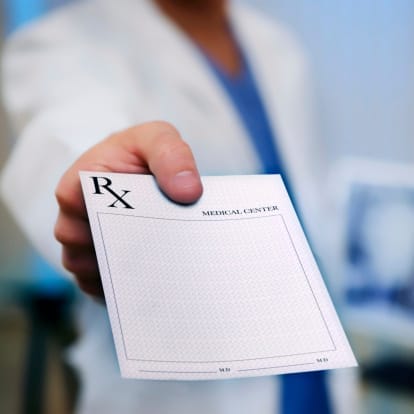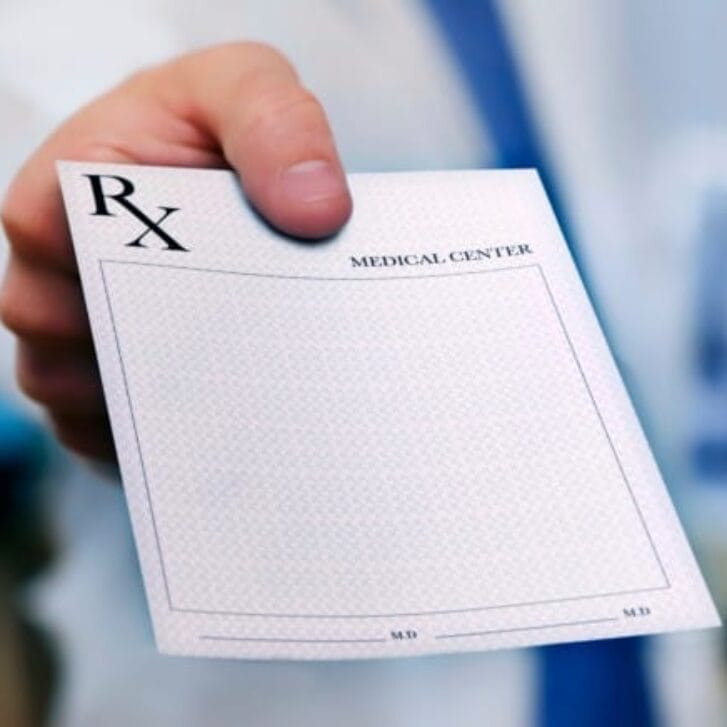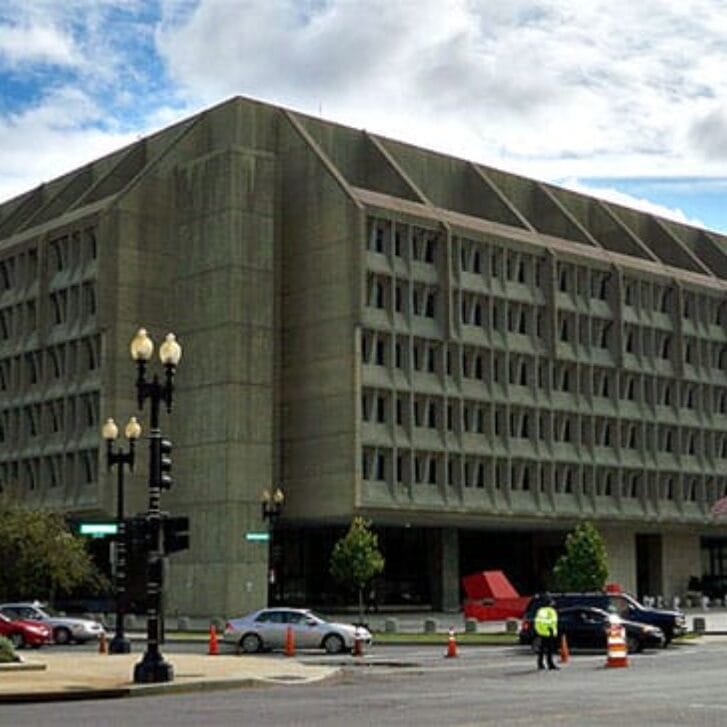Over the past two months, several U.S. Senators, leading publications (the Wall Street Journal and Chicago Tribune) and healthcare associations such as the American Society of Clinical Oncology (ASCO) and the American Society of Health-System Pharmacists (ASHP) have issued warnings about generic drug shortages. According to a release by the ASHP, about 150 drugs are in shortage situations, triple the number from five years ago.
Why the increased shortages? According to the press, generic drug industry consolidation and manufacturing and regulatory issues are the key culprits However, having worked in the branded and generic drug industry for two decades, I am fairly certain the key culprit is economics.
It should be no surprise that the majority of drugs topping the shortage list tend to be lower priced generics. Besides, given the choice to use finite manufacturing capacity to produce high price generic drugs versus lower priced generic drugs, which would you choose?
Of course, some manufacturers have regulatory and manufacturing issues that take time to resolve, and yes, the FDA occasionally closes down an active product ingredient (API) supplier. It takes time for the manufacturer to certify a new one. However, these issues tend to occur far more frequently with lower priced generics.
If a shortage exists, why doesn’t another company step in to address the shortage and price accordingly? First, it takes significant time to file an abbreviated new drug application for generics with the FDA as well as significant time to construct and inspect a new manufacturing line and process. Second, at least for generic injectable drugs, the Medicare Modernization Act (MMA) passed in 2003 makes it difficult for a drug company to raise prices on generic drugs more than 6 percent per annum. Because of the nuances of the legislation, if a drug company were to raise generic injectable prices by more than 6 percent, six months later physicians would lose money every time they administered the medication.
So given the current MMA legislation, it is the generic drug industry’s best interest to manufacturer large quantities of a low-priced generic drug and sell six months of inventory into the channel. Then, it is in the industry’s best interest to “stock out” of the generic injectable and over the next few months to sell a few vials at a much higher price to “reset” the Medicare drug reimbursement rate to a higher figure. Finally, after a six-month hiatus, the generic drug miraculously reappears at a much higher price and reimbursement rate. This is more than a theory; there is evidence that such strategies are being executed.
The bottom line? There is a generic drug shortage, and some of these shortages are limiting patient access to drugs that could prolong patient life—including, for example, chemotherapy drugs. The way to fix it isn’t by legislating that generic drug companies notify FDA of a potential shortage as recently proposed by a couple of Senators. Rather, the way to resolve is to change the economics by modifying the 2003 MMA legislation to allow generic injectable drugs to be reimbursed differently from branded pharmaceuticals.
Enhancing the MMA legislation to provide better reimbursement for generic injectable drugs would not only go a long way towards addressing the drug shortage issue, it would save taxpayers billions. This is an idea that I will explore more deeply in a future blog.


























